Aided Language Boards: Tools for Clarity, Connection & Well-being
Using Aided Language Boards to Support Communication in SEN Schools

Every child learns differently, and for some children with SEN, finding the right tool can be transformative - especially when it comes to communication. Aided Language Boards (ALBs) provide a structured, visual way to support communication, reduce anxiety and enhance understanding. In a previous blog, I introduced ALBs- this post dives deeper into their importance and offers guidance on using them effectively in the classroom.
Why Aided Language Boards?
Research highlights the impact of the COVID-19 pandemic on children's anxiety levels and communication skills. A recent Guardian article attributes ‘uncertainty, disruption, increased screen use and crippling anxiety’ to the pandemic school closures. Another study titled Speaking Up for the COVID Generation found that 1.5 million children struggle to speak or understand language at an age-appropriate level. Lisa Feldman Barrett explains that when uncertainty increases, the brain struggles to make predictions, heightening stress and anxiety. ALBs create predictability, giving children a reliable way to express themselves, in turn reducing frustration.
Sennett, Light and McNaughton (2016) identify several other benefits of using ALBs, including:
- Increased communication turns and meaningful language use
- Improved understanding and expressive vocabulary
- Greater use of multi-word phrases
- Development of grammar and sentence structure
What is an Aided Language Board?
An ALB is a symbol-based display containing vocabulary specific to an activity, such as ordering lunch. For example, a lunch ALB may include symbols for lunch box, roast dinner, jacket potato and soup, along with core words like I want, more, help, and like. Core words remain in consistent locations to support memory and motor planning.
According to Oxford Health NHS Foundation Trust, ALBs help model:
- Requesting and making choices
- Expressing needs (e.g., if something is unavailable)
- Commenting and forming short phrases
- Asking for help
How to Use ALBs
Before children can use an ALB, they must see it modelled. For example, during a turn-taking activity, I would point to my turn while taking a turn and your turn when prompting the child. Saying the word while pointing helps reinforce learning.
As children become more comfortable, we can introduce pauses and choices. At playtime time, we might offer football or waterplay, without pressuring the child to respond. When a child points to football, we can expand on it by pointing and saying, “I want football”.
A typical ALB maybe a little overwhelming. I often reduce them to 8 key symbols and add more over time as the child’s confidence grows.
Where to Use ALBs
Ideally ALBs should be embedded across the school environment. They can be used:
- At registration – for greetings and meal selection
- At snack times – to encourage choice-making
- On doors – so children can request to go to the toilet or another room
- On cupboards – to support requesting toys, pens, or sensory items
- During lessons and free-choice time
In school, we have a shared bank of ALBs on our system, but from September, each classroom will have a basket of boards to improve consistency across the school and reduce teacher workload.
Recommendations
Colour coding can help children quickly find words and understand sentence structure. The Oxford Health NHS Foundation Trust suggests:
- Nouns – Green
- Verbs – Yellow
- Adjectives – Purple
- Location words – Blue
- Time words – Red
Conclusion
ALBs can be incredible tools but as always you are the most important resource. As Sara & Sarah at Hearts & Heads say: ‘human connection is the most powerful intervention’. Relationships, trust and empathy form the foundation for all communication and learning. When used alongside attentive, responsive teaching, ALBs can transform communication, confidence and independence for children with SEN.




